Seeing their name on a bag of roasted coffee is a privilege few farmers experience, and not always because their coffee isn’t good quality. In many parts of the coffee growing world there simply isn’t the infrastructure to maintain lot separation all the way to the port.
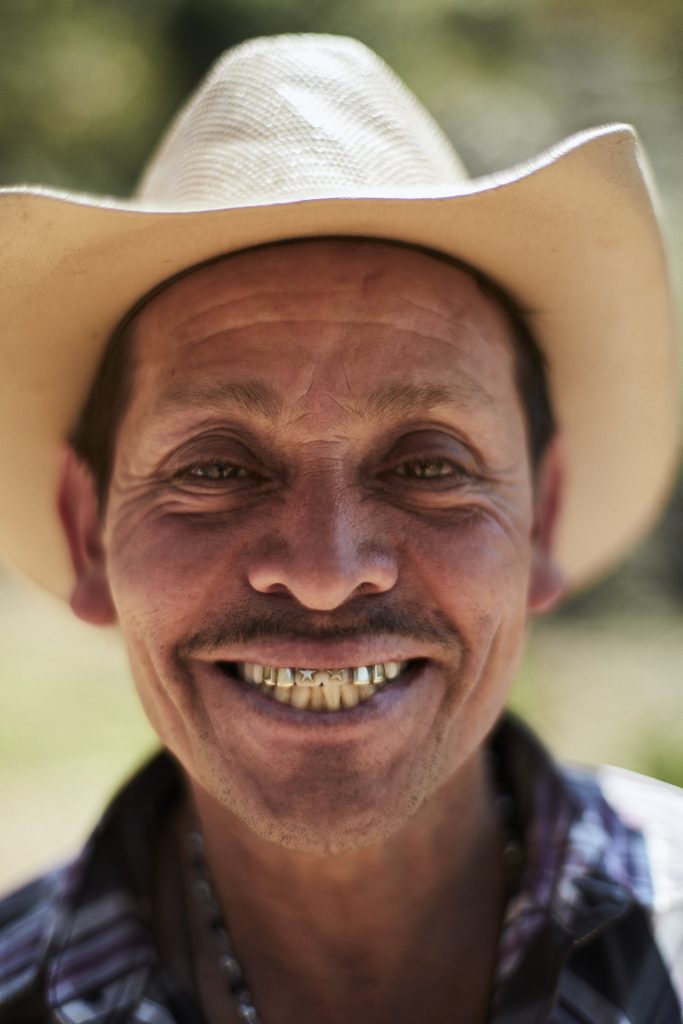
Andres Reyes Hernandez, picture taken by Jake Green, for his ongoing ‘Drink my Sweat‘ documentary project. 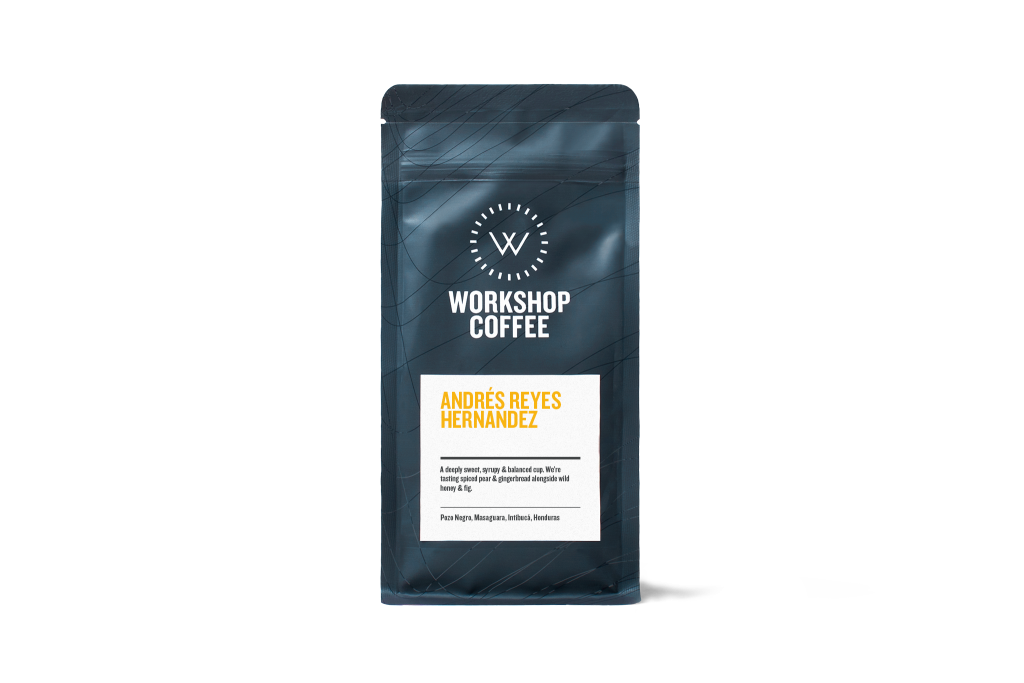
Andres Reyes Hernadez’ name on a coffee bag for the first time
In Honduras, the producers suffer a lack of service providers for small scale production. Smallholder farmers must combine their coffee with that of other producers in the region simply to create enough volume for large millers to turn on their machines. The coffee becomes a generic regional product, or perhaps a brand created by someone further up the supply chain, and the farmer becomes anonymous.
When lot separation does happen, it can be a win-win for farmers and consumers. We enjoy a unique cup which represents the micro-climate of the farm and the efforts of the farmer. The farmer enjoys higher premiums which can make coffee a sustainable livelihood. This is our goal with the project we launched last year in Intibuca, Honduras.
Micro-lots from Intibuca
We recently partnered with a group of farmers in Masaguara, Intibuca. Sixty producers from the community of Pozo Negro are working together to implement specialty coffee methods of cultivation, picking and processing to improve the qualitiy of their coffee. Together they are investing in infrastructure of their wet mills and drying facilities, and putting profits back into their production.
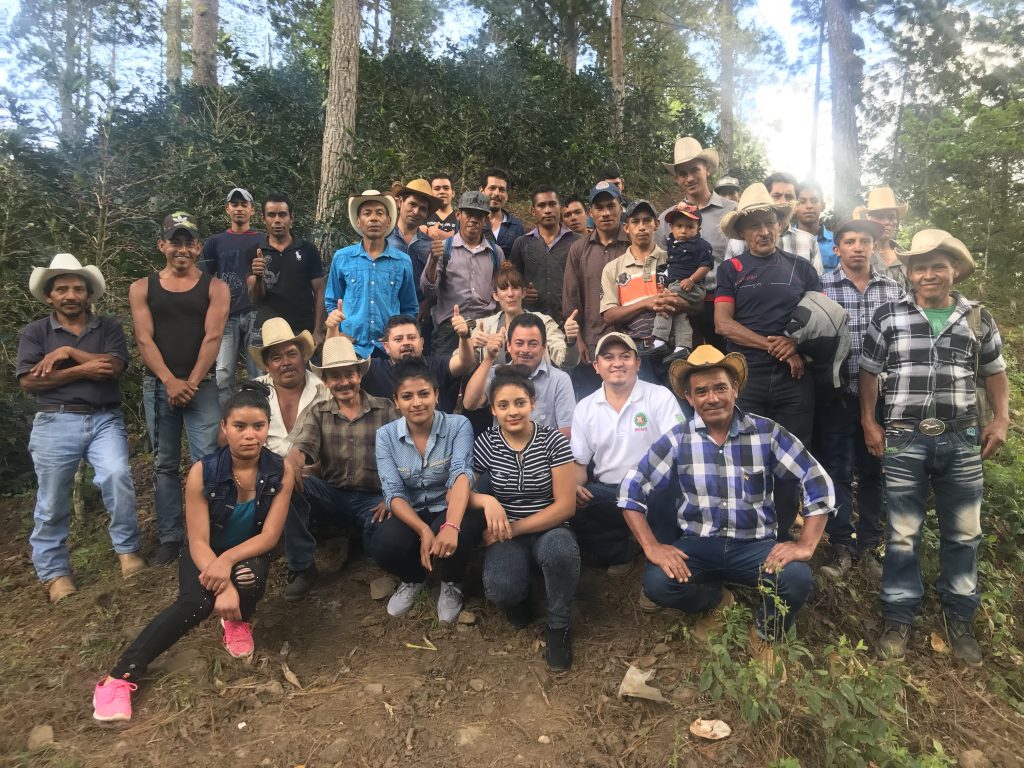
Together with a coffee professional on the ground called Rony Gamez, we are working with these farmers in Intibuca to keep separate the individual production of each farmer and give them a chance to create a name for themselves and their coffees. Our aim is to find a market for these great coffees which will lead to greater profitability, and a chance to reinvest in production, and hence grow.
These Pozo Negro coffees have well defined fruit notes and a softer acidity, making them very accessible to a wide range of coffee drinkers. Different lots can display very distinctive characteristics, proving the value of small scale post harvest processing to maintain micro-lot separation.
So please allow us to introduce you to a few of the farmers from Pozo Negro, Masaguara, Intibuca
Guadalupe Rodriguez
In 2015 Don Guadalupe was on the verge of giving up his farm. The income it generated was simply not enough for him to support his family. That year he was convinced to enter the Cup of Excellence competition in Honduras, and his coffee won eighth place, giving him the hope he needed to persevere with coffee production. Coffee is now the main income for his entire family and every family member is involved in production and processing on the farm. They grow Red Catuai and Lempira varieties.
“The Honduran coffee sector has been hit hard in the last 4 years by the coffee rust and a decrease in the amount and quality of the coffee produced,” Don Guadalupe said. “I am grateful that my coffee was taken into consideration to be purchased and hope to continue producing the best quality coffee for you.”
Hernán Gomez
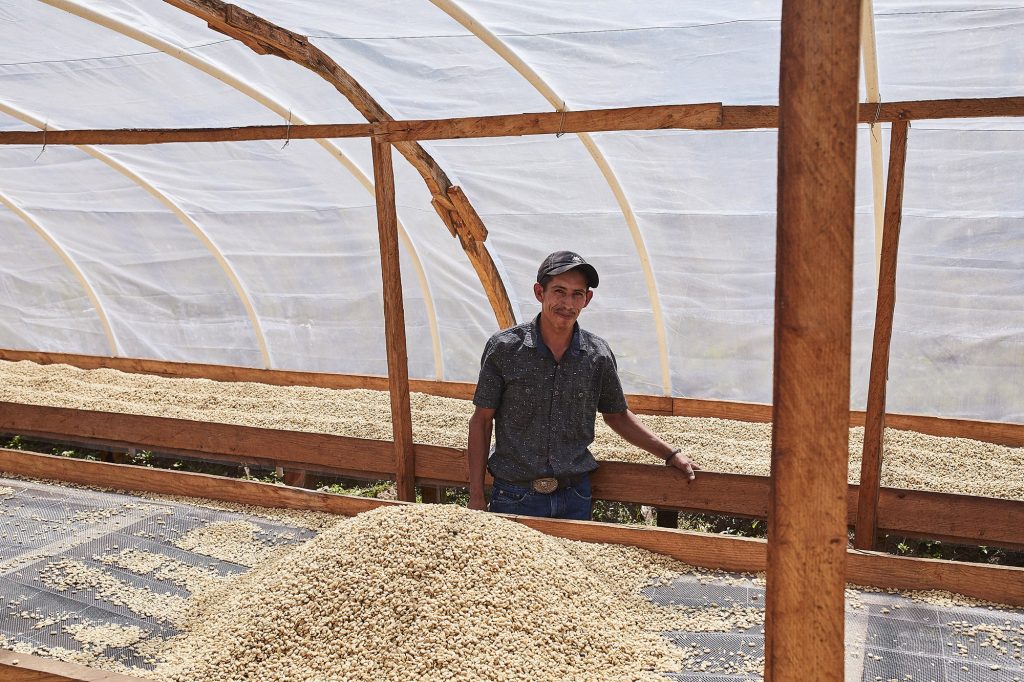
Hernán is a small coffee producer who has fought hard to raise his young family. He, his wife and his two young children depend exclusively on coffee for their livelihood.
Hernán grew up producing coffee with his father, and started his own farm after receiving a small plot of land as an inheritance. For many years he sold his coffee to local intermediaries, and both he and the rest of his neighbours were unaware of the quality of their coffee and the possibility of entering the specialty coffee market. Hernán decided to follow the recommendations of Rony Gamez, our partner in the region, who instructed Hernán on how to process and dry the coffee in order to find international buyers.
Hernán produces Catuaí and he has learned to manage coffee leaf rust avoiding the devastation this disease has wreaked in Honduras in recent years. He carefully monitors the amount of fertilizer used, performing two fertilisations per year, and he is always looking to eliminate infected plants by pests or diseases. Hernán does not have any official certifications but he is committed to the environment and manages his farm with low use of chemicals. He creates a natural compost from coffee pulp to improve the structure of his soil His farm is located above 1,700 masl and his coffee trees are shaded by large native species.
His pickers live in the local village and they transport the picked cherries by mule almost a kilometer along a rough road from his field to his house where his processing facilities are located.
With increased earnings from specialty premiums, Hernán invested in a solar dryer specifically built to slow the drying process and make it more homogenous.
His daughter, Anyi Abigail Gomez was given a 1 hectare lot from her father’s farm, El Pino. She calls the lot El Pinito. She wants to be an agronomist engineer, and hopes the coffee from El Pinito will help he achieve her dream to go study at university abroad.
Magdaleno Rodriguez
Magdaleno Rodriguez has always lived in Pozo Negro and began growing coffee ten years ago on his farm of 12 hectares. He saved the money to buy his farm by working for other farmers. Now he works in construction, building houses, and what he earns from this activity he reinvests in his farm, buying more land and improving the area under cultivation.
His farm is called El Aguacate and it is located in the Montecillos region. Of his 12 hectares, 8.5 is dedicated to coffee production. Previously Magdaleno sold the coffee to a local buyer, but after meeting with Rony Gamez he decided to experiment with specialty processing. His first carefully picked and processed lots were a great success, so Magdaleno invested money in a solar dryer, in paying pickers for better selection, and in his warehouse space to keep the coffee free of contaminants.
Magdaleno is very proud to know his coffee is sold to international buyers. “I am happy and committed to continue improving the quality of my coffee the best way possible,” Magdaleno said.
Joaquina Montoya
Joaquina is an inspiring woman; despite physical limitations caused by a disease, she remains fiercely determined. She raised a family of boys, teaching them how to produce coffee as well as the value of hard work.
Today she lives on her coffee farm where she manages maintenance activities as well as cooking for the entire staff. During harvest, she ensures the process of picking, processing and drying is done properly to ensure the highest possible quality coffee.
Drying is the area where Joaquina has absolute control. She has direct access to solar dryer where she spends long hours at the tables, taking care that the moisture content of the beans is reduced to the optimum 10-11%.
Wilmer Alexis Grau Montoya
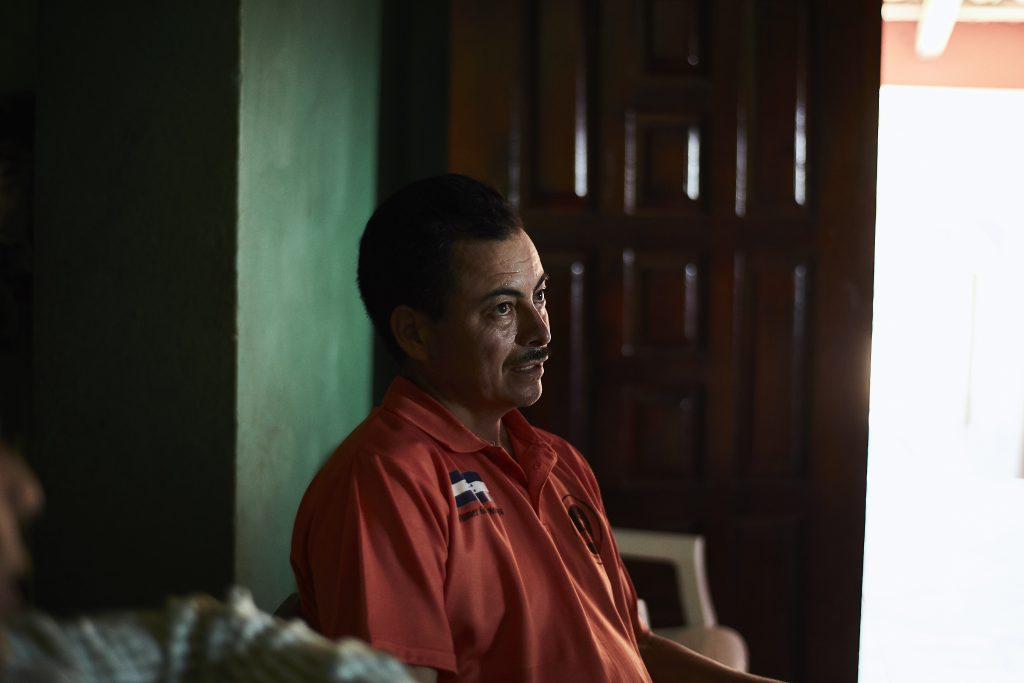
Wilmer is also the chairman of the Intibuca group and a well respected leader in the community. The group meet regularly to organize themselves and their production, and to support each other in improving the quality of their coffee.
Wilmer owns one of the largest farms of our partners in Intibuca. He produces great coffee of his own, and he processes cherry for neighbours and some family members at his mill, including his mother Joaquina Montoya Alvarado.
Wilmer’s mill and farm are located at 1670 masl, the farm is made up of different plots along the mountainside. In the past year Wilmer reinvested the premiums he has made into building bigger floating tanks.
‘This is our life, this is our work and this is our world – all coffee’
– Wilmer Alexis G. Montoya
Santos Reyez Lopez
Santos Reyes Lopez began growing coffee in 1977. His first trees were what locals call “broom coffee” because they were pulled from the ground and moved to another farm. He began with just a half a manzana (about a third of a hectare) of land, and has slowly increased the size of his farm to 3.5 manzanas (about 2.45 hectares). He grows red catuai and IHcafe 90.
Initially Santos processed his coffee and sold it to a local buyer. Since meeting Rony Gamez, our partner in the region, he has shifted his focus to specialty picking and processing. “I am pleased with the payment I received for my coffee,” Santos said. “My family and my quality of life has improved, I have been able to improve my farm.”
Santos is very careful in the application of fertilisers, applying the exact amount required accordingly to the soil analysis. He trains his twelve coffee pickers to pick only the most ripe cherries, and floats the cherries before processing to remove any defective fruit. Coffee is fermented for 24 hours and dried in a solar dryer for 20 days.
“In the future I will continue improving my farm, betting on new varieties with a better cup profile, and this way have a better profile to be able to sell my coffee for higher prices. Through these sales I can improve my wet mill and improve the quality of life for my family.”
Cervando Ramires
Cervando is a smallholder coffee producer and his farm is located at 1650-1750 masl. He grew up producing coffee with his father and when he received a small parcel of land as inheritance, he decided to start his own farm. Coffee is his only source of income which he and his wife use to support their two young children.
Cervando produces Catuaí and Bourbon varieties. Through careful and thorough farm maintenance he has so managed managed to avoid coffee leaf rust disease which has devastated so many producers in Honduras in recent years. Cervando’s management method is based on adequate fertilization, fertilizing twice a year, plus immediate elimination of any plants affected by pests or disease. He does not have any certifications, but Cervando is deeply committed to the environment. His coffee trees are shaded by native trees, and he manages his farm with minimal use of chemicals by very carefully following the recommended amounts of each product, and fertilising with a natural compost he creates from discarded coffee pulp.
His pickers live in the nearby village, and they must transport the cherries by mule over 1km of rough road to his house, where his coffee processing facilities are located. He depulps his coffee in a small milling machine, ferments for around 30 hours, depending on the weather, then washes the coffee with mountain water . The coffee is dried in a solar dryer that he recently built to make the process drying process slower and more homogenous.
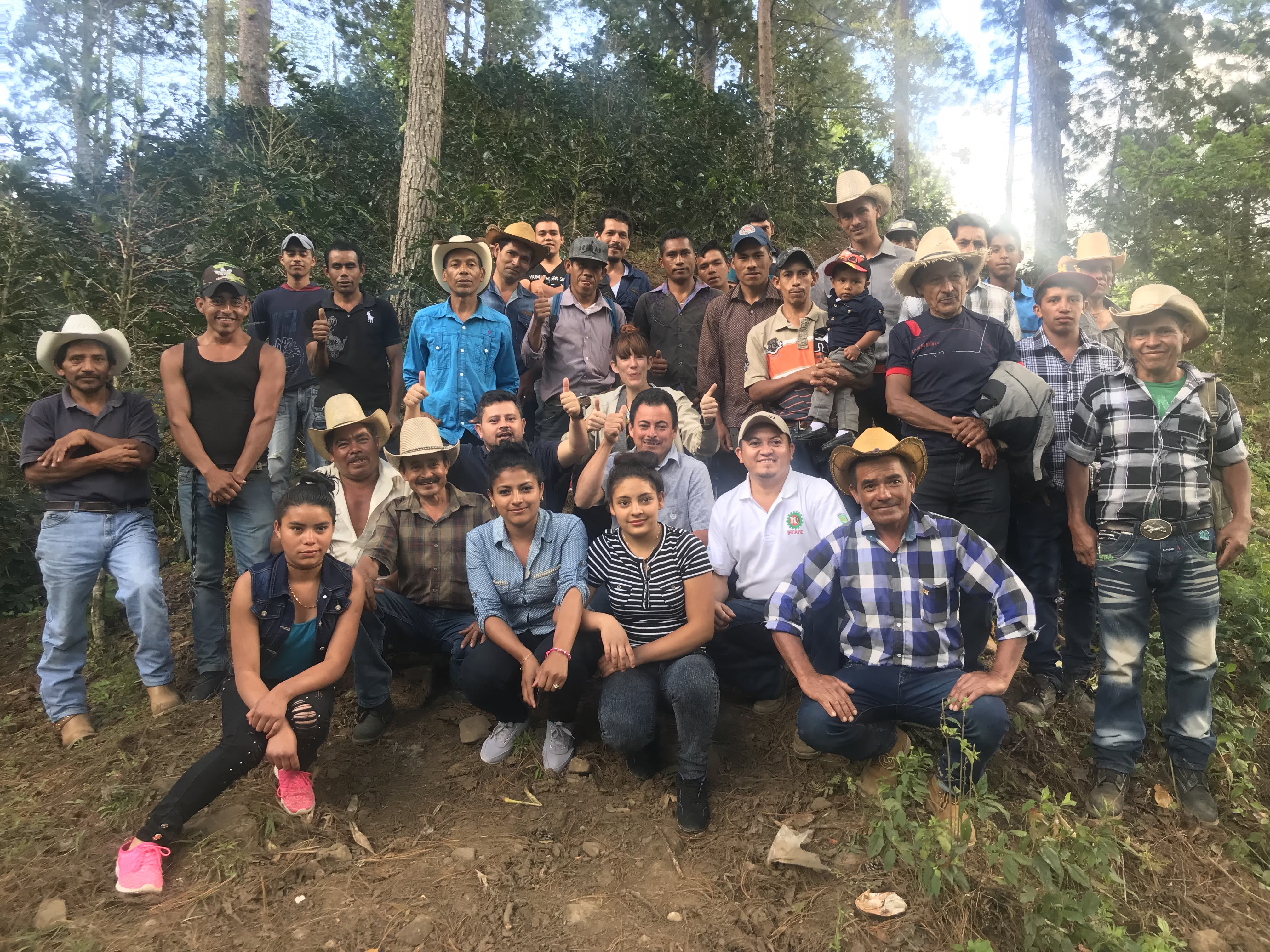
0 Comments